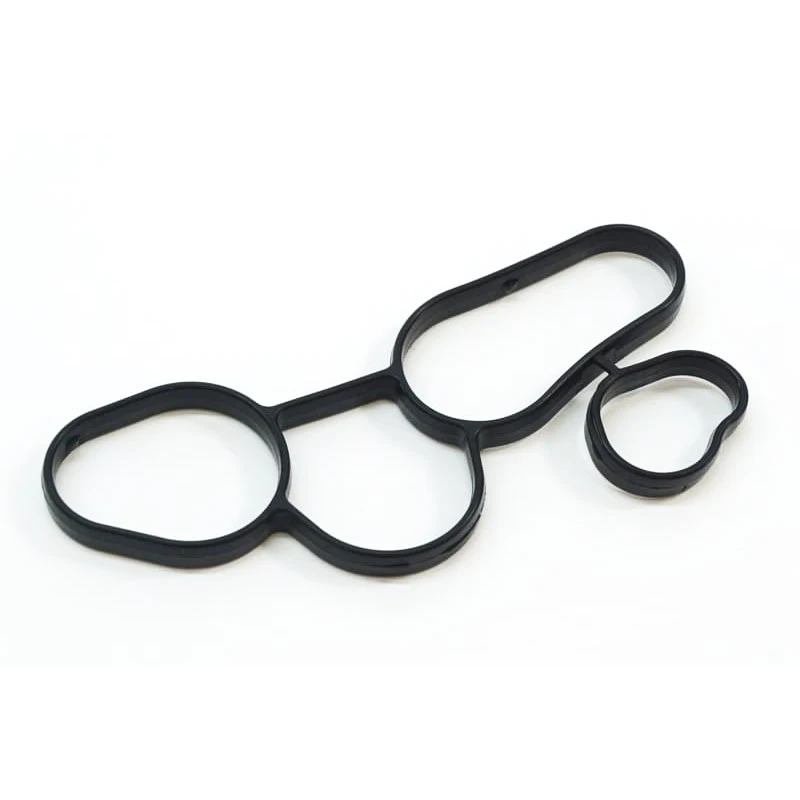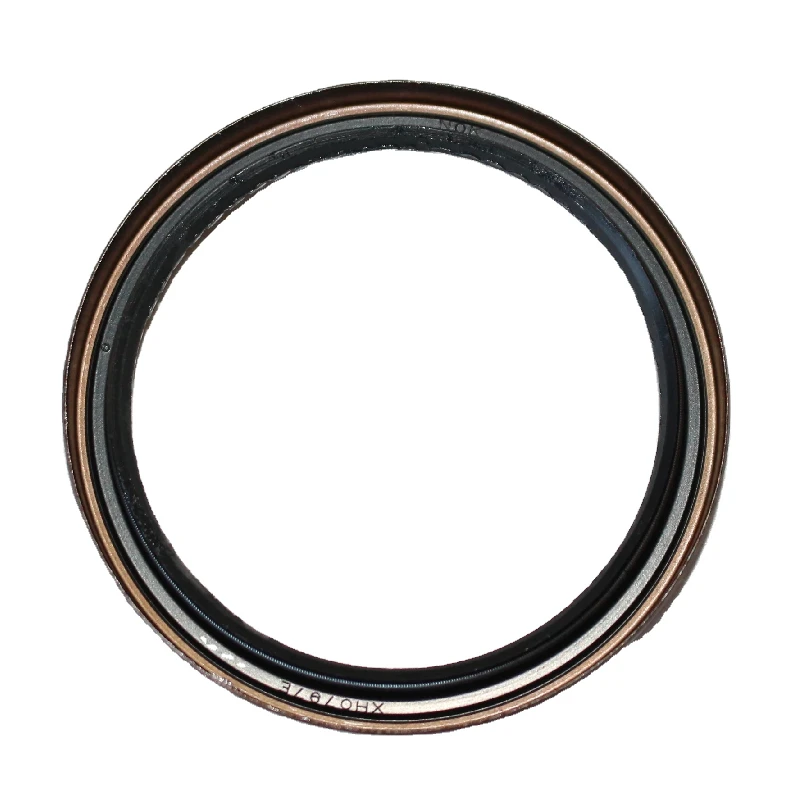Seal oil filter housing Engine Side BMW Petrol 11427537293


Experienced mechanics recommend keeping a log of any maintenance carried out on the vehicle’s transmission, noting the types and brands of parts used, and any anomalies observed during inspections. This log can serve as an invaluable reference, providing insights into wear patterns, facilitating more informed future maintenance decisions. Authoritative automotive guides and manufacturers emphasize the importance of not just periodic maintenance but also proper driving habits to extend the life of transmission components. Avoiding aggressive driving, practicing smooth gear shifts, and allowing the vehicle adequate time to warm up on cold days collectively reduce unnecessary stress on the transmission system and oil seals. Significance in the choice of transmission fluid cannot be overstated. Each vehicle's transmission system is designed to operate with specific fluid types and formulations, as specified by the manufacturer. Using the wrong type of fluid can accelerate deterioration of oil seals due to incompatible chemical compositions, thus highlighting the importance of manufacturer-recommended products. The narrative around automatic transmission oil seals is not just about the components themselves but underscores a broader philosophy of comprehensive vehicle care. Trustworthy vehicle maintenance is a synthesis of choosing quality parts, applying expert installation techniques, executing regular inspections, and respecting vehicle operation best practices. Such an approach undoubtedly nurtures a more reliable, durable, and cost-effective automotive experience, ensuring peace of mind for vehicle owners.
-
Understanding the Front Main Engine Seal: Purpose, Maintenance, and Installation
News Jul.29,2025
-
Understanding O-Rings and Seal Rings: Types, Applications, and Custom Solutions
News Jul.29,2025
-
Understanding Crankshaft Oil Seals: Rear Seals, Pulley Seals, and Their Role in Engine Integrity
News Jul.29,2025
-
The Importance of Front and Rear Crankshaft Seals in Engine Performance and Oil Management
News Jul.29,2025
-
Crank Oil Seals: Functions, Types, and Cost Considerations in Engine Maintenance
News Jul.29,2025
-
A Comprehensive Guide to O-Rings and Seals: Types, Materials, and Global Applications
News Jul.29,2025
-
Mastering Diesel and Performance Engine Maintenance: A Guide to Critical Oil Gaskets
News Jul.28,2025
Products categories















